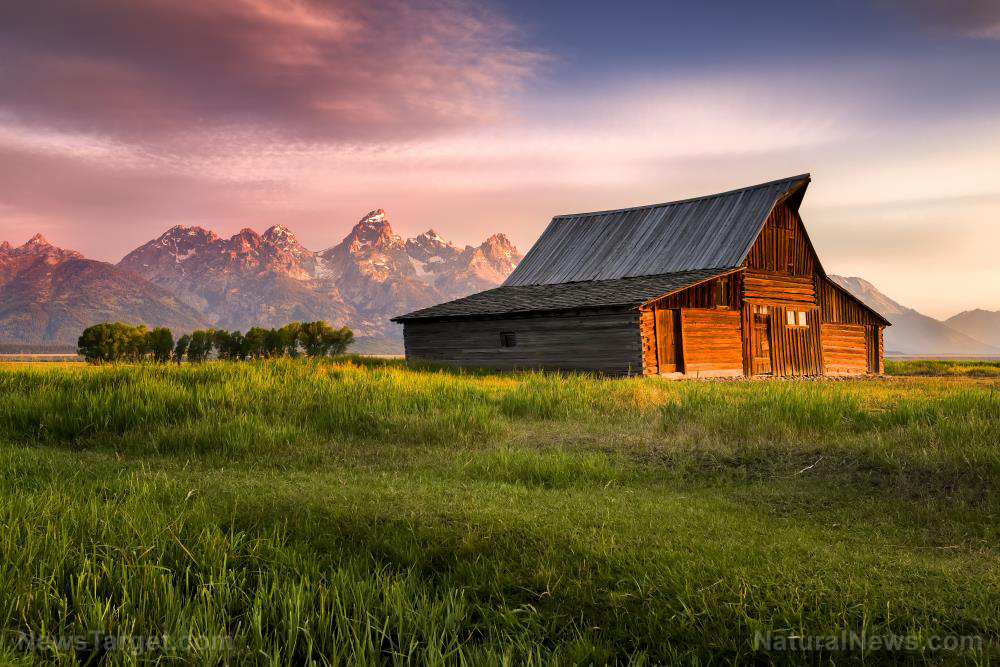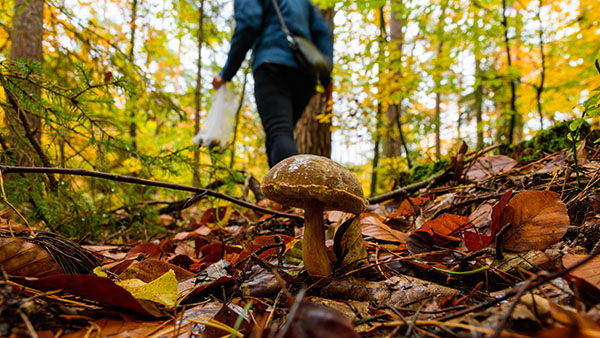
A volcanic eruption may be one of the deadliest natural disasters known to man. Its volcanic gases, ash or hot lava have killed hundreds of thousands of people and animals alike, have caused global temperatures to drop several degrees and one volcanic eruption in 1816 even caused global temperatures to drop so low that it snowed in the middle of summer. A volcanic eruption is difficult to prepare for, but it is possible to take precautions. (h/t to TheSurvivalJournal.com)
Before the eruption
Like any disaster, you must come up with a plan for what to do when it happens. Figure out where you and your family are going to stay, prepare bug-out bags with all the necessary things you need to survive for at least a couple of days, and factor in the safety apparel you must wear, such as eye protection and respirators, to protect yourself from volcanic ash and gases. It is also wise to buy a helmet to protect your head from falling volcanic ash and debris.
Next, coordinate with your neighbors and your town or city officials. If you live near a volcano, they should have an evacuation plan already in place. Print out copies of the evacuation plan and keep them in your bug-out bag. (Related: 3D scans show underwater volcano off Oregon coast could explode without notice.)
During the eruption
If you find yourself close to a volcano as it erupts, your best chance of surviving is to run as far away as you can. If you're surrounded by volcanic ash, wear your protective clothing immediately. Your town's emergency systems should warn you beforehand that a volcanic eruption is imminent, but those alarm systems aren't always reliable. If you find yourself unable to leave for whatever reason, take shelter immediately.
If you're in your car, seal out ash and any possible gases by taping up your windows, doors and ventilation shafts. Turn off heating and air conditioning and keep your windows shut. If you have to drive to avoid danger, do so immediately before the ash begins to fall. If you're in ash-covered roads, consider pulling up to avoid ash getting into your car's internals and clog it up.
If you're stuck indoors, either in your home or in the office, there are ways to protect yourself as well. Close all the windows, doors, chimneys and any other part of your house or the building where volcanic ash can enter, such as ventilation shafts. Make sure you're staying under the sturdiest part of your roof, as volcanic ash building up has been known to make roofs collapse.
After the eruption
After the worst of the eruption has ended and you're still not at a designated public shelter, now is the time to go there. Pack up your bug-out bag, make sure it's safe for you, your family and your pets (if you have any) to move and evacuate as quickly as you can.
If you think it still isn't safe, then prepare to bug in. Make sure you have plenty of food and water to last you for the whole period. If you're running out of supplies, approach your neighbors and see if you can come to an agreement with them about sharing supplies. If ash is still in the air, keep your windows and doors closed at all times and avoid going outside, if possible. Keep yourself updated with the news via television, radio and the internet and await further instructions from your local authorities. When it's safe enough, they will send in rescue teams to help evacuate stranded families.
A volcanic eruption is one of the deadliest things you can face, and preparing for it is a small sacrifice you and your family should consider making, as the alternative is not knowing what to do and putting yourself and your family in further danger.
Sources include:
Please contact us for more information.























